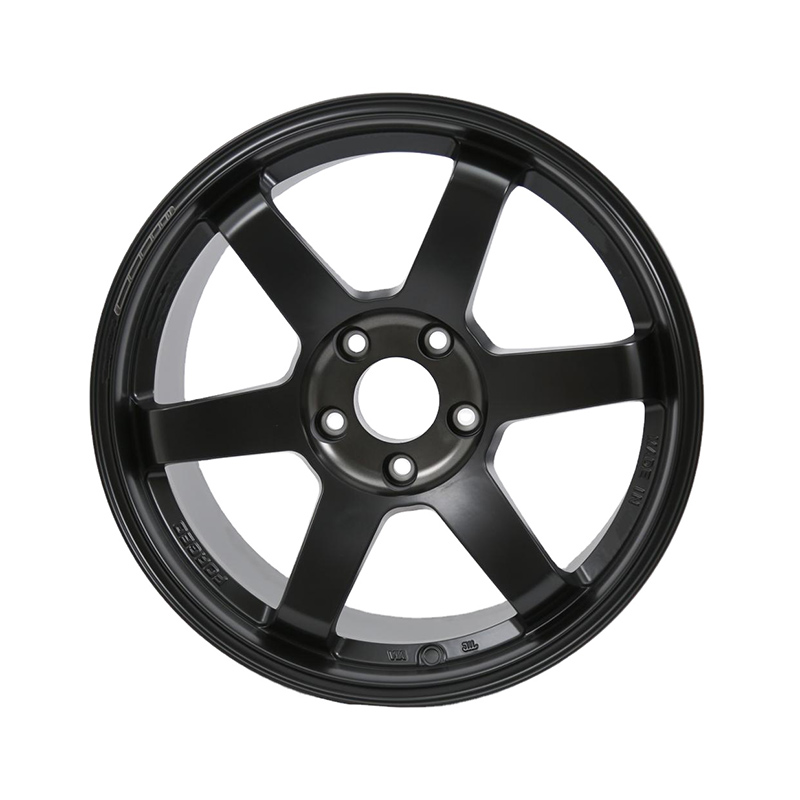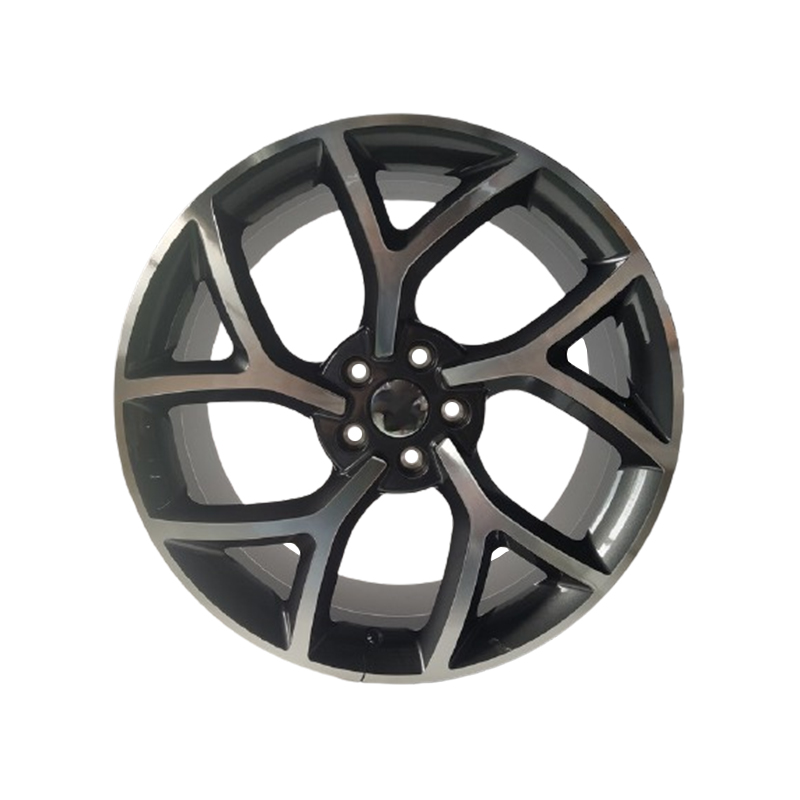Factory source Turbofan Wheels - forged alloy wheels Blade wheels, diamond wheels, pinnacle wheels – Sunland
Factory source Turbofan Wheels - forged alloy wheels Blade wheels, diamond wheels, pinnacle wheels – Sunland Detail:
Process characteristics of forged wheels
(1) The cylindrical design is adopted, and the larger the diameter of the wheel hub is to use thicker aluminum to forge, which is more different from the manufacturing method of using “raw materials” for cast aluminum ring hubs.
(2) Cut the aluminum material according to the J number required for the width of the aluminum hub.
(3) First, heat the aluminum ingot to around 400°C, and then prepare for forging.
(4) Hot forging and pressing. The higher the tonnage of the forging press requires the lower the working temperature of the aluminum ingot, the smaller the grains of the forged product, and the higher the toughness.



(5) The temperature of the rough blank formed by high temperature and high pressure is very high, and the surface is covered with black carbide, which must be handled by a fork motor. The rough embryo after pickling and surface treatment already has the embryonic form of a wheel hub.
(6) After long-term reprocessing and heat treatment of the T4 and T6 heat treatment machines, the grains of the rough embryo will be firmer and the toughness of the product will also be improved.
(7) Forged aluminum hub must rely on mechanical processing to process the rough embryo to the hub forming, so the work content includes the steps of bead forming, screw hole drilling, disk turning and detail processing.
(8) Before painting, you must check the surface of the wheel again for flaws.



Product detail pictures:
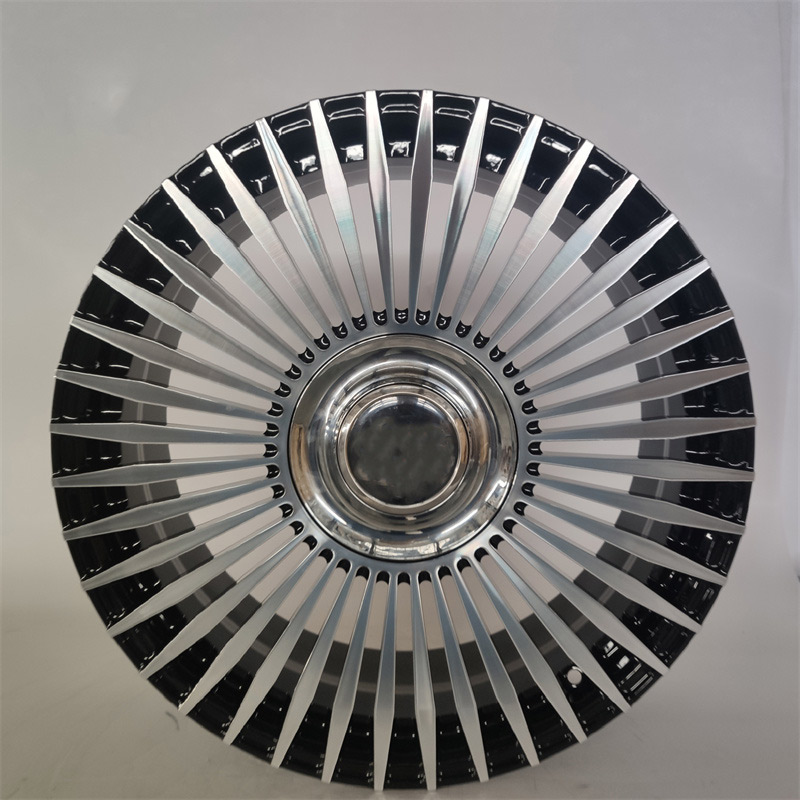
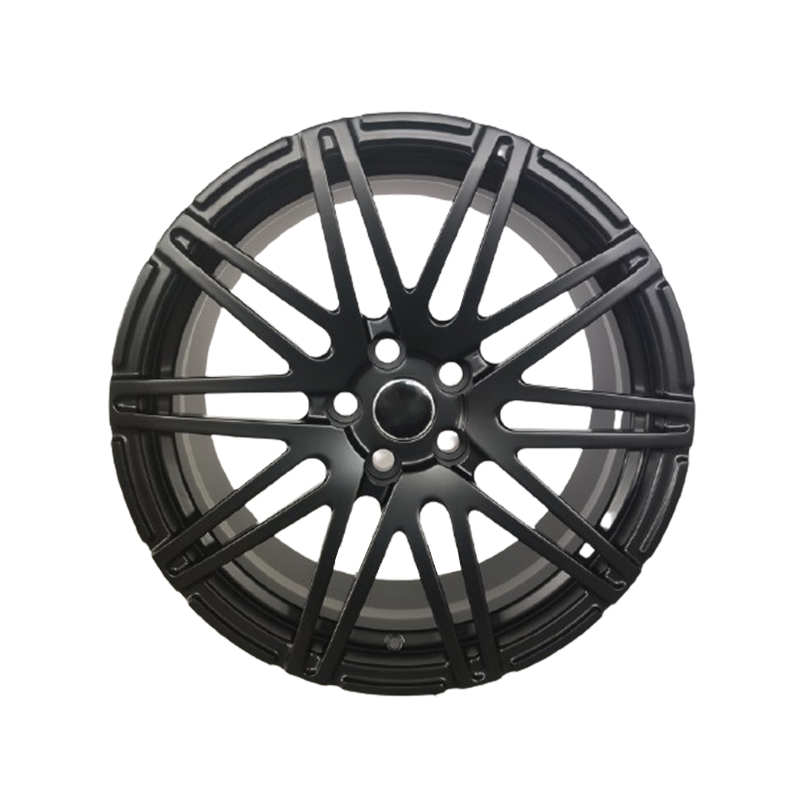

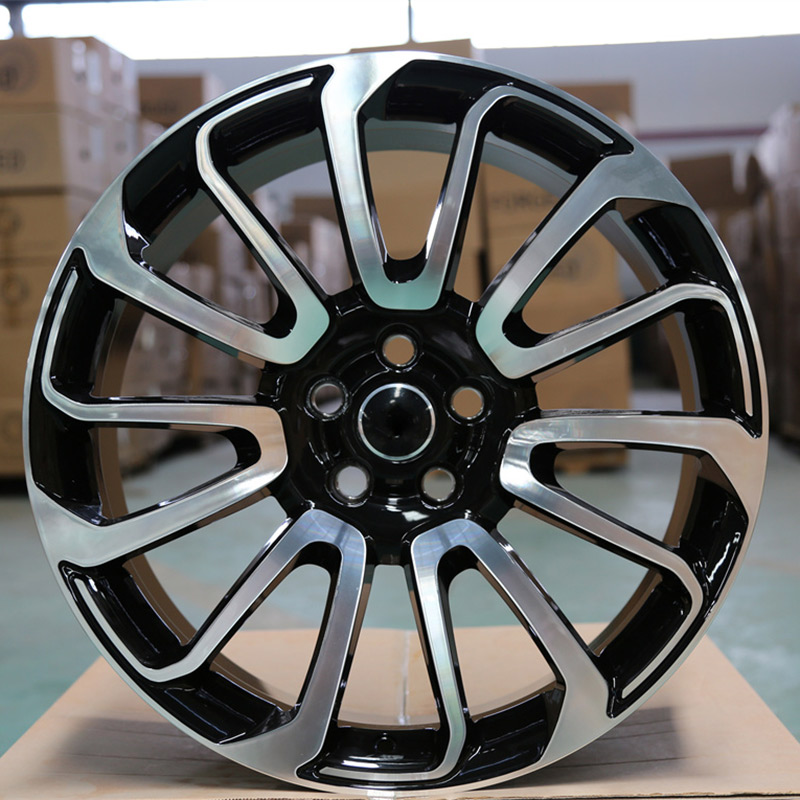
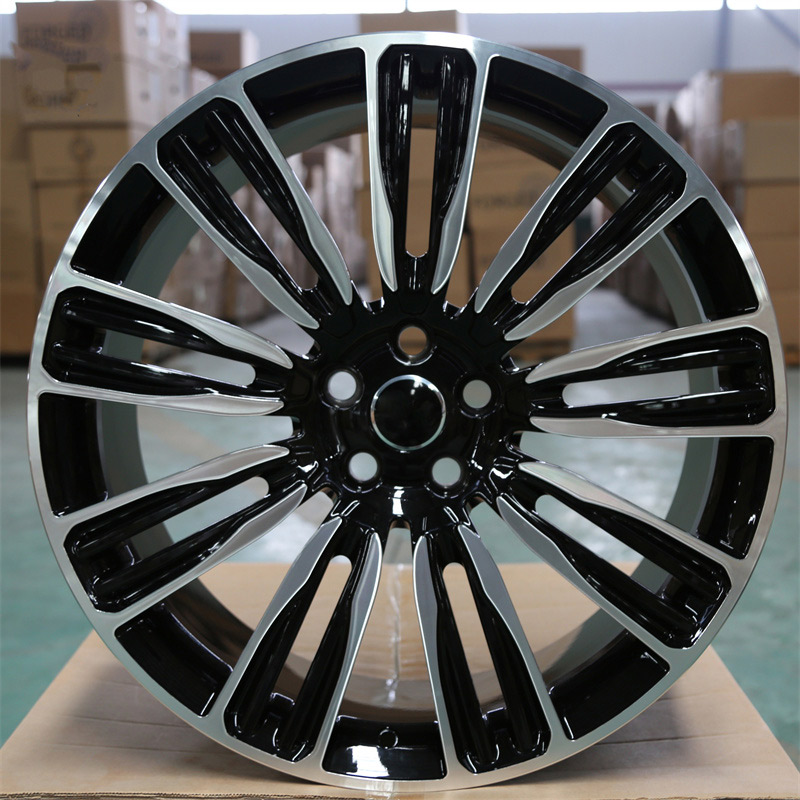
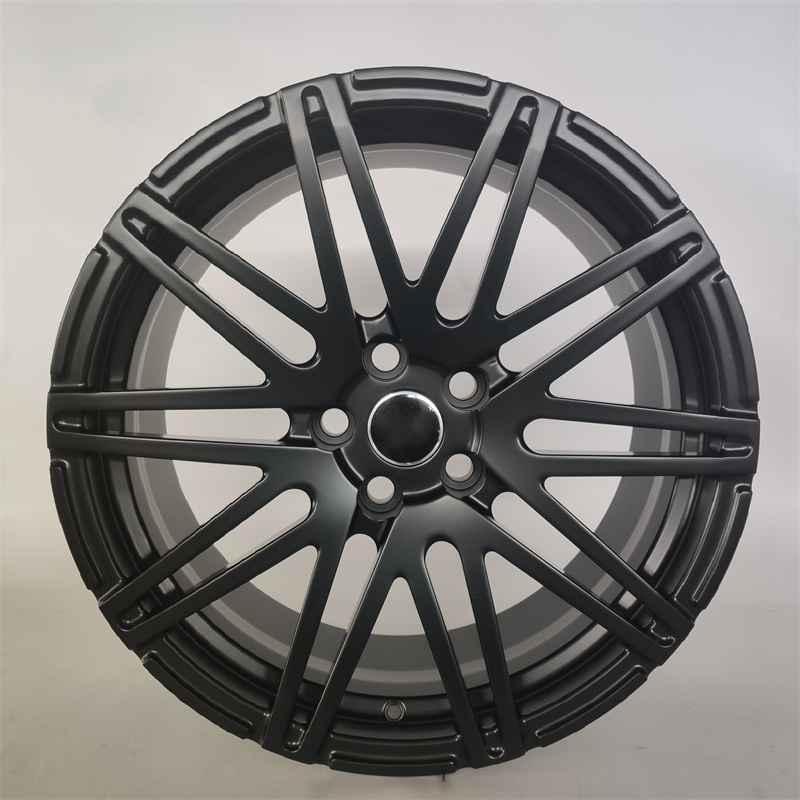
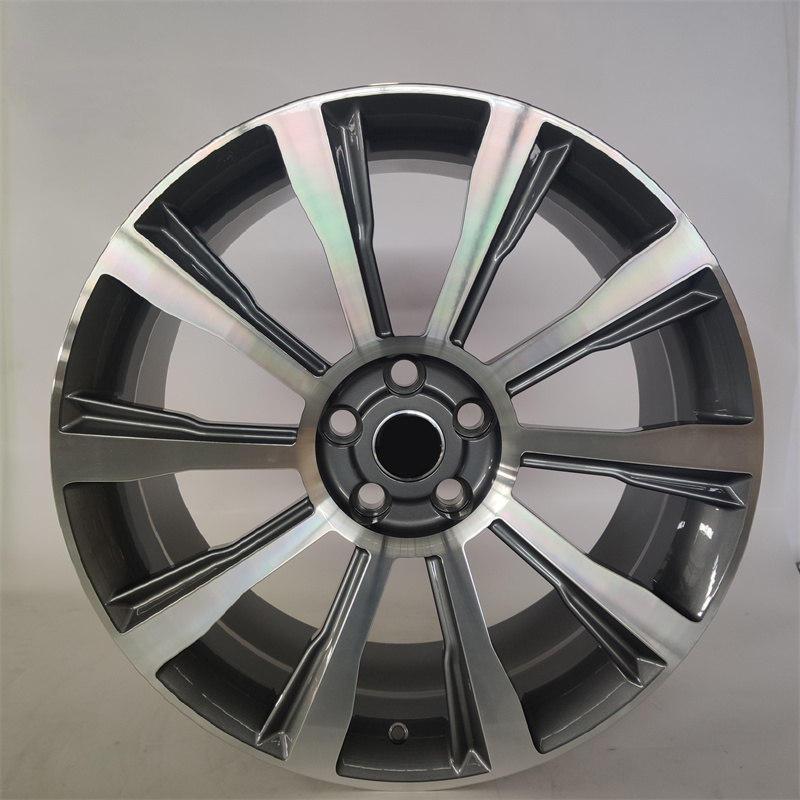
Related Product Guide:
We've been committed to offering easy,time-saving and money-saving one-stop purchasing support of consumer for Factory source Turbofan Wheels - forged alloy wheels Blade wheels, diamond wheels, pinnacle wheels – Sunland , The product will supply to all over the world, such as: Malawi, Madrid, Buenos Aires, We always adhere to follow the honesty, mutual benefit, common development, after years of development and the tireless efforts of all staff, now has perfect export system, diversified logistics solutions, thorough meet customer shipping, air transport, international express and logistics services. Elaborate one-stop sourcing platform for our customers!
The goods we received and the sample sales staff display to us have the same quality, it is really a creditable manufacturer.

